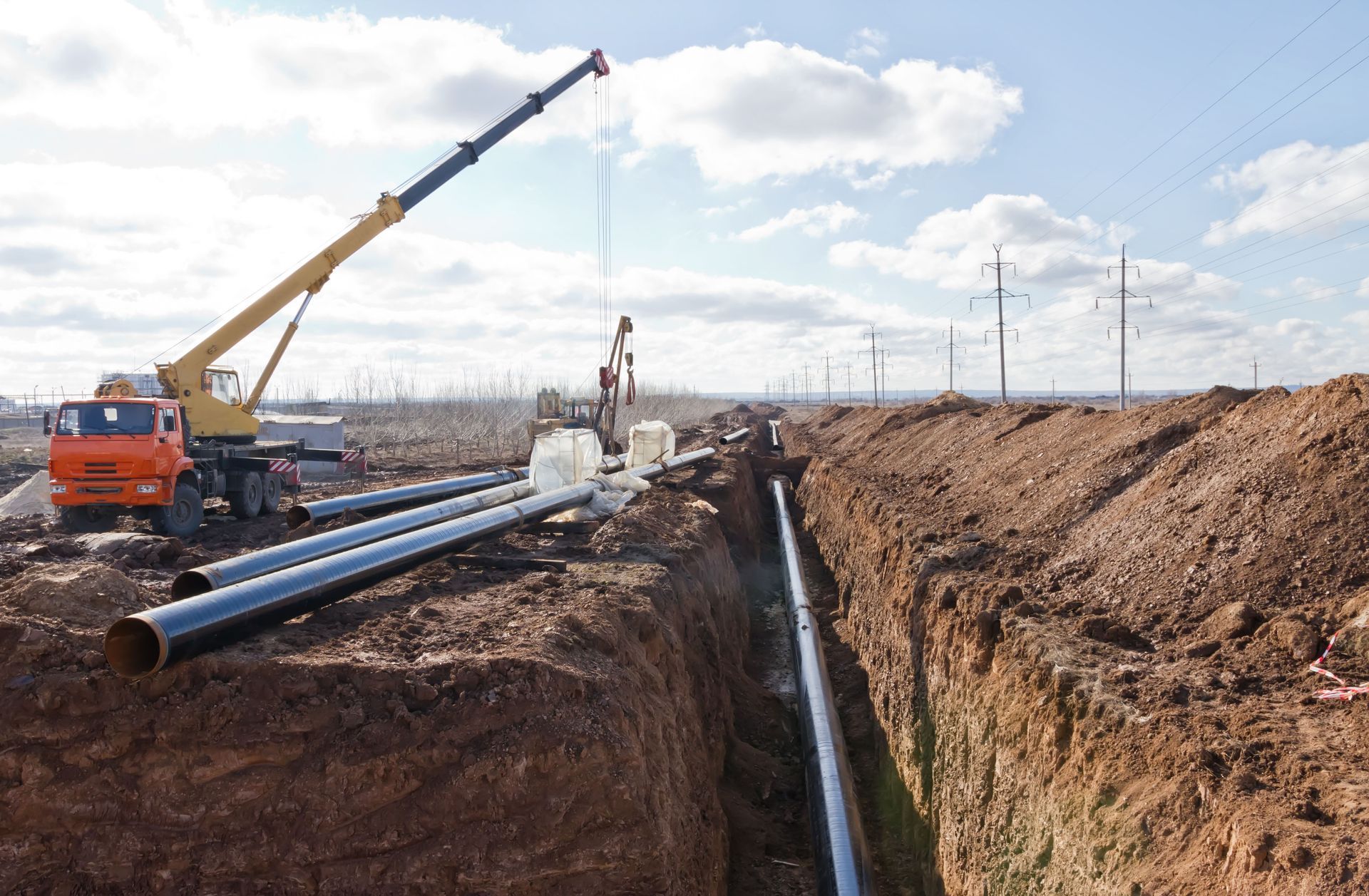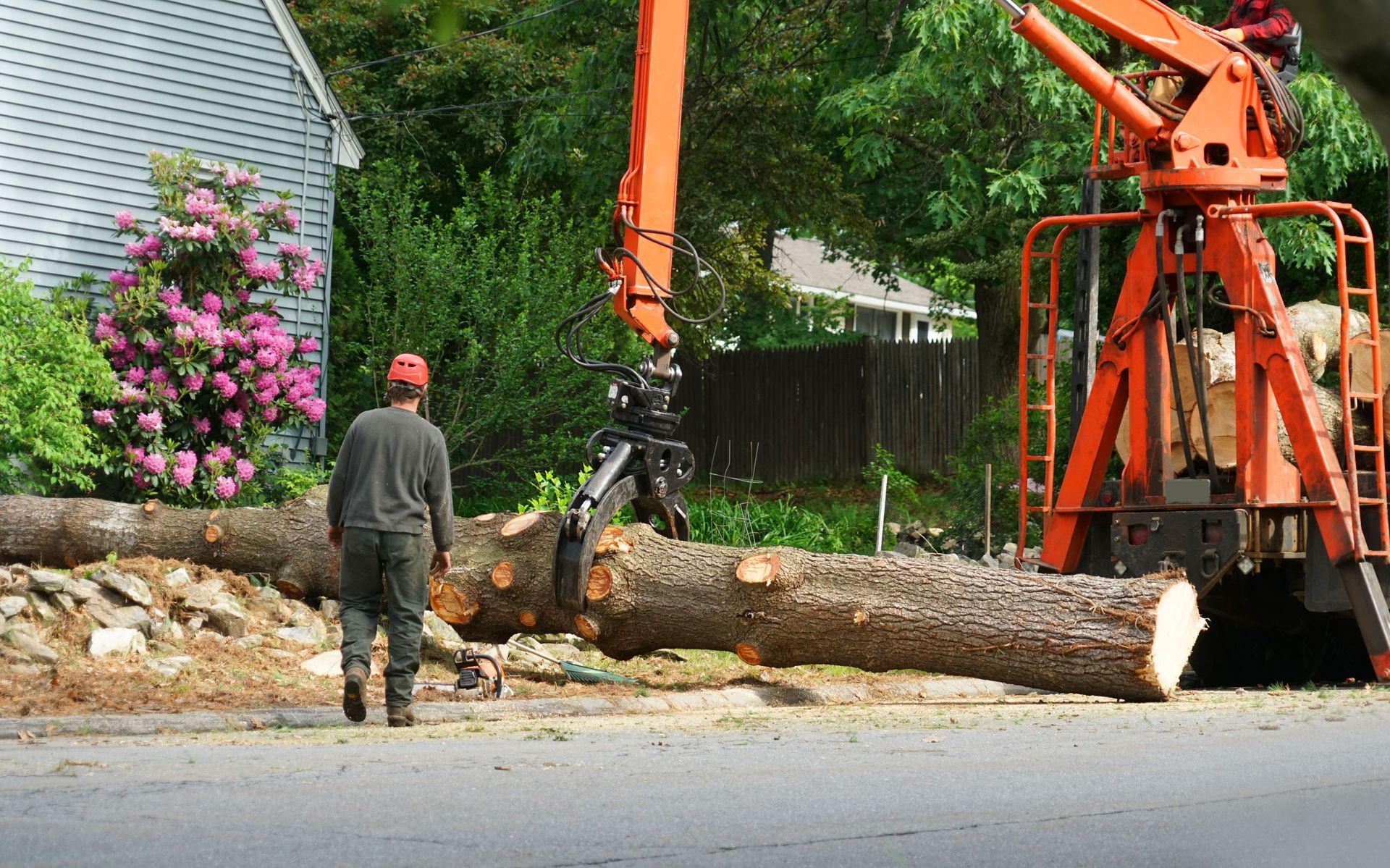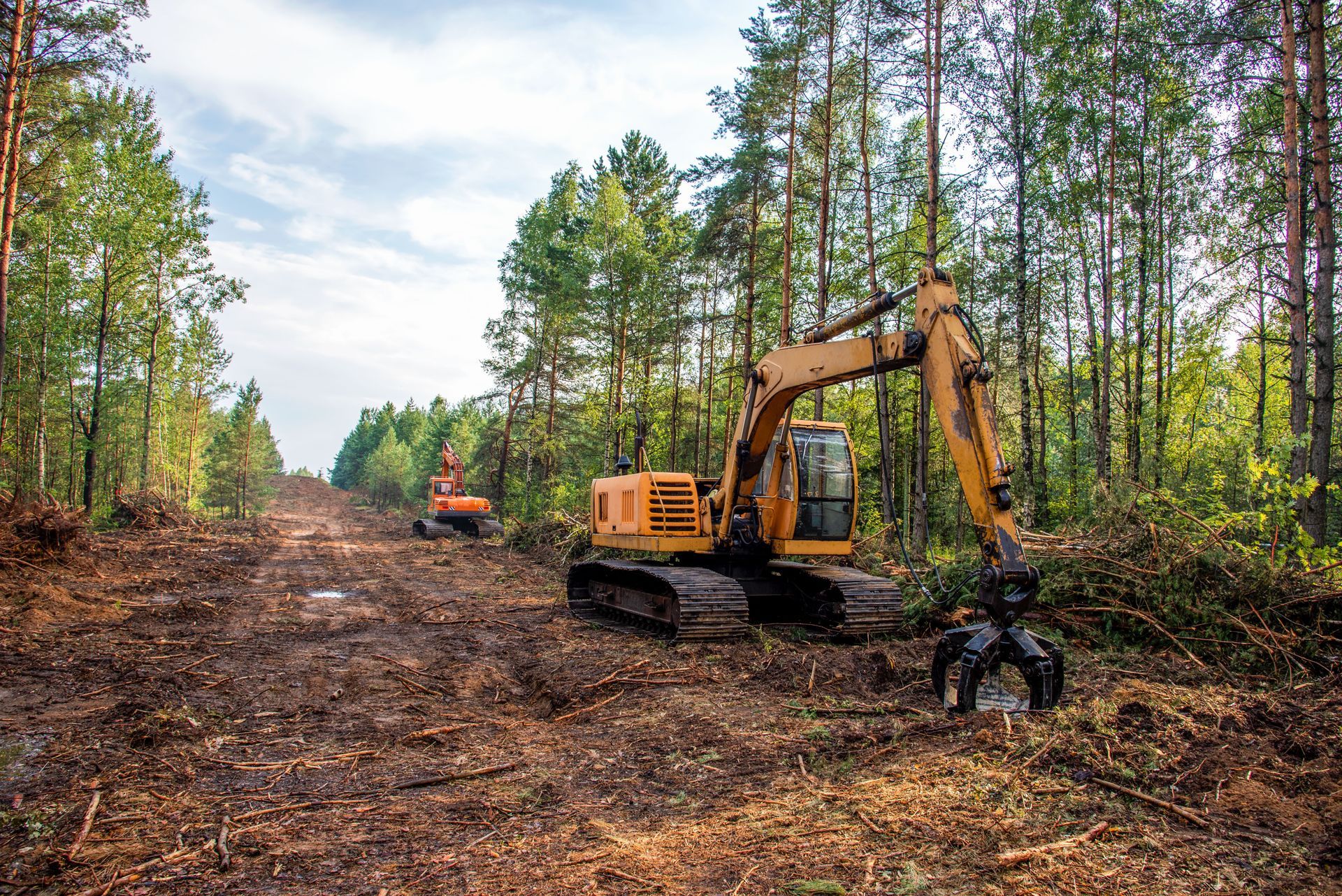How Inflation Is Reshaping Crane Rental Pricing in 2025
Highlights:
- Inflation in 2025 is reshaping crane rental pricing through fuel, financing, and equipment-cost pressures.
- Volatile diesel costs and tighter interest-rate conditions flow directly into delivery, mobilization, and standby rates.
- Equipment price indexes and maintenance inputs influence base rates, minimums, and surcharge structures.
- Contract transparency—what’s bundled versus itemized—is critical to avoid surprise fees.
- Russ Erlinger Crane Service provides clear, customized options for projects in Springfield, IL.
Inflation Impact Overview
Crane rental pricing in 2025 reflects a complex mix of inflation-linked pressures: energy, financing, labor, and equipment inputs. For contractors in and around Springfield, IL, these pressures show up in base rates, mobilization charges, and standby provisions. When inflation lifts operating costs, rental companies face a choice—raise headline rates, introduce surcharges, or unbundle line items once included in a flat fee. Transparent proposals help customers compare apples to apples, especially on long-duration work with multiple mobilizations. That’s why providers like Russ Erlinger Crane Service emphasize clear scopes and itemized terms to align pricing with real project risks.
Fuel-Cost Volatility
Fuel is a major driver of crane logistics and utilization. Diesel powers the crane fleet, support trucks, and occasionally onsite generators. When diesel prices fluctuate, they influence delivery costs, support-vehicle hours, and even minimum rental thresholds. Throughout 2025, fuel expenses have remained a significant factor in determining overall operating costs for crane rental companies. To manage these variables more transparently, many rental contracts now include a separate fuel surcharge or link it to a public pricing index so customers can clearly see cost adjustments and plan budgets accordingly.
Interest Rates and Capital Costs
Cranes are capital-intensive assets financed over long timelines. Higher interest rates translate into steeper monthly carrying costs for the rental fleet, which then affect base day rates. Throughout 2025, market volatility and cautious lending have kept borrowing costs high, making it more expensive for crane companies to purchase, maintain, and insure their equipment. These financial pressures naturally influence rental pricing structures, prompting companies to reassess rate cards and minimums to stay sustainable while maintaining service reliability.
FAQ
Why did my mobilization fee increase this year?
Fuel, permits, escorts, and carrier rates rose with inflation-linked inputs; many providers now itemize these costs so you can see drivers rather than absorbing them into a flat rate.
Are fuel surcharges standard now?
More common, yes. They’re often tied to a public fuel index so charges rise or fall with diesel rather than remaining a static add-on.
Do rates differ within central Illinois?
Yes. Distance from Springfield, IL, road restrictions, and site conditions can change travel time, permits, and matting—affecting delivered pricing.
Equipment Costs and PPIs
Beyond fuel and financing, equipment-specific price indexes matter. Tires, hydraulic components, and steel-intensive parts have experienced uneven inflation since the pandemic era, and those shifts influence both purchase prices and maintenance. According to the U.S. Bureau of Labor Statistics, recent Producer Price Index (PPI) reports highlight movement in goods and services categories tied to industrial equipment and distribution margins—signals that can ripple into crane ownership and rental economics. For renters, that can show up as adjusted base rates, stricter minimum hours, or differentiated pricing for specialty attachments and longer-reach configurations.
Bundled vs. Itemized Structures
In lower-inflation periods, many crane rentals bundled fuel, routine inspections, and minor maintenance into a single rate. With 2025’s cost variability, rental providers are leaning toward transparent breakdowns. Fuel, escort vehicles, overtime, rigging, and digital inspections might be itemized so each charge maps to a real input. That clarity benefits contractors comparing quotes across vendors because it limits the “hidden fee” problem late in the job. For owners, itemization reduces the risk of under-recovering costs when inputs suddenly spike, without locking customers into above-market charges when prices fall.
Scheduling, Weather, and Standby
Inflation’s impact is amplified by schedule risk. Weather delays increase standby time, and standby rates often reflect the same inflation-linked inputs as active lift time: operator wages, fuel for heaters or generators, and financing costs. In 2025, many providers in markets like Springfield, IL specify clear thresholds for weather hold, demobilization/remobilization triggers, and minimum hours to protect everyone’s margins. The goal is to reduce disputes by aligning rates and terms with the realities of seasonal volatility and the cost of keeping cranes, operators, and trucks staged but idle.
FAQ
What should I scrutinize in a 2025 quote?
Look for fuel mechanism, travel time assumptions, minimums, matting or ground-prep responsibilities, and weather/standby language.
Can I cap surcharges?
Some renters negotiate caps or collars tied to public indexes; clarity here reduces surprise bills if inputs spike mid-project.
Are digital inspections an extra line item?
Increasingly, yes. Expect clear notation of pre-lift checks, daily inspections, and any required documentation or data exports.
Logistics, Permits, and Diesel Linkages
Transporting larger cranes requires permits, escorts, and sometimes route surveys—each sensitive to diesel and labor costs. As diesel trends drift, delivery and return hauls move with them. According to the U.S. Energy Information Administration, national averages provide a transparent benchmark for fuel mechanisms that many rental contracts reference. This helps both sides budget. For projects that require multiple mobilizations, tying fuel to a public index reduces guesswork, lets you schedule around price peaks when feasible, and supports fair adjustments as market levels change.
Financing, Rates, and Rental Terms
When interest rates remain elevated relative to pre-2020 norms, fleet owners pay more to acquire, overhaul, and carry equipment. That reality can lead to longer minimum hour requirements, deposits, or different rate bands for specialty cranes. According to the Federal Reserve, policy decisions affect credit conditions broadly, shaping borrowing costs for companies maintaining capital-heavy fleets. In 2025, expect contracts to spell out deposit timing, cancellation terms, and escalation clauses more explicitly, aligning rental pricing with the cost of capital over multi-month schedules.
Local Market Dynamics in Springfield, IL
Even with national indexes, crane rental remains local. Traffic patterns, permit backlogs, regional wage levels, and seasonal demand in the Springfield, IL area all influence quotes. A downtown pick versus a rural job with weak subgrade soils may change mobilization routes, matting needs, and crew staging. Working with Russ Erlinger Crane Service means tapping local know-how on city-specific constraints, realistic schedule buffers, and site-readiness checklists that prevent costly standby. The right preconstruction conversation often saves more than a marginal rate difference by eliminating unplanned trips and under-scoped rigging.
FAQ
How do I estimate fuel for a multi-mobilization plan?
Ask for a quote that references a public index and models best-/base-/worst-case scenarios across your calendar.
What if interest rates fall mid-project?
Most contracts won’t auto-reset, but you can renegotiate future phases or renewals based on current credit conditions.
Can better site prep reduce inflation exposure?
Yes—solid access, confirmed bearing capacity, and ready laydown can cut standby, re-routes, and extra assists.
Actionable Takeaways for 2025
For owners and GCs, three habits go a long way in an inflationary year: First, request itemized quotes that tie volatile inputs—especially diesel—to public sources. Second, align financing and schedule realities with minimum hours, deposit timing, and weather provisions that protect both parties. Third, invest in site readiness and digital preplanning so cranes spend less time waiting and more time working. With transparent terms and local expertise from a Springfield, IL provider, you can turn inflation headwinds into predictable, controllable line items rather than unpleasant surprises.





Share On: